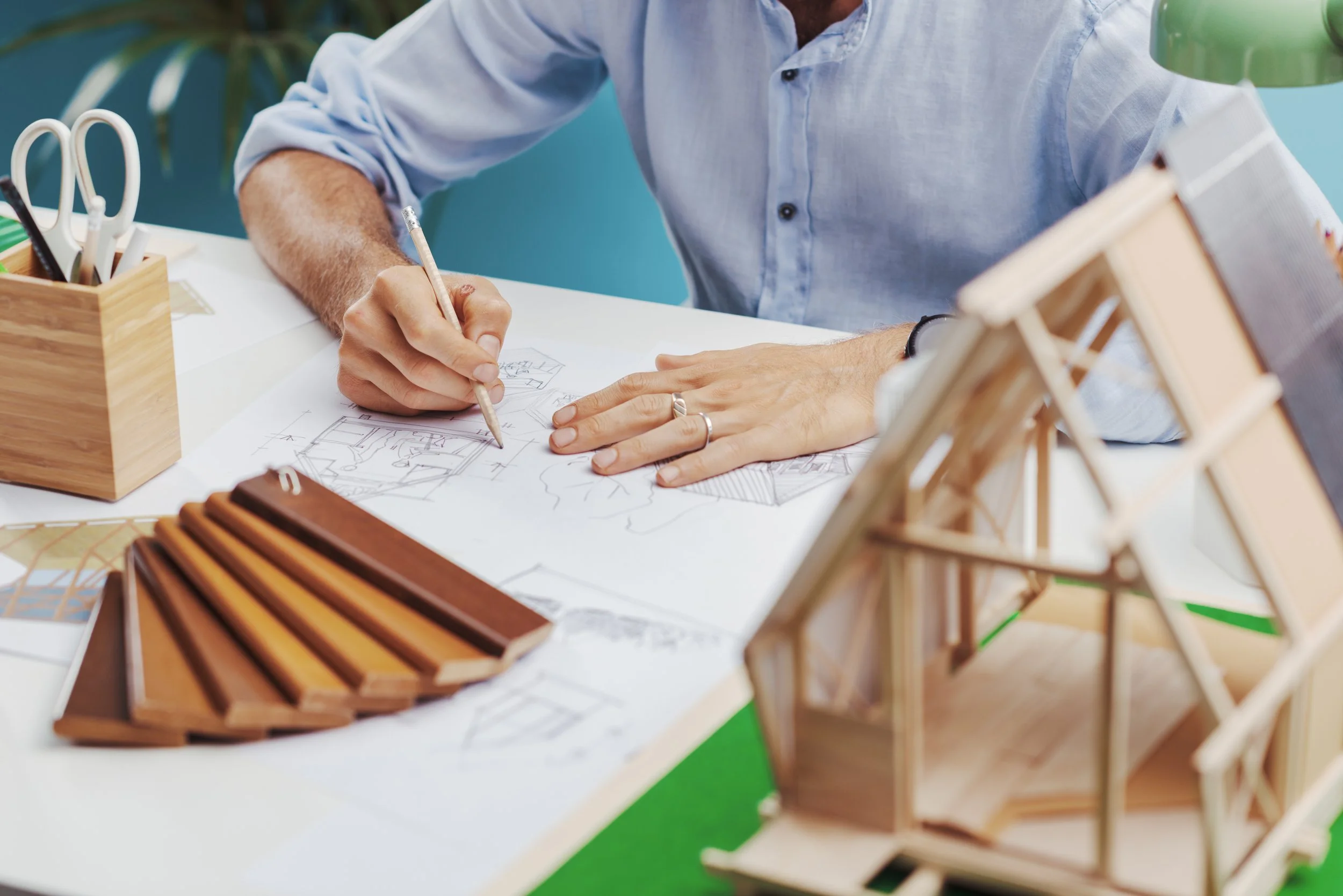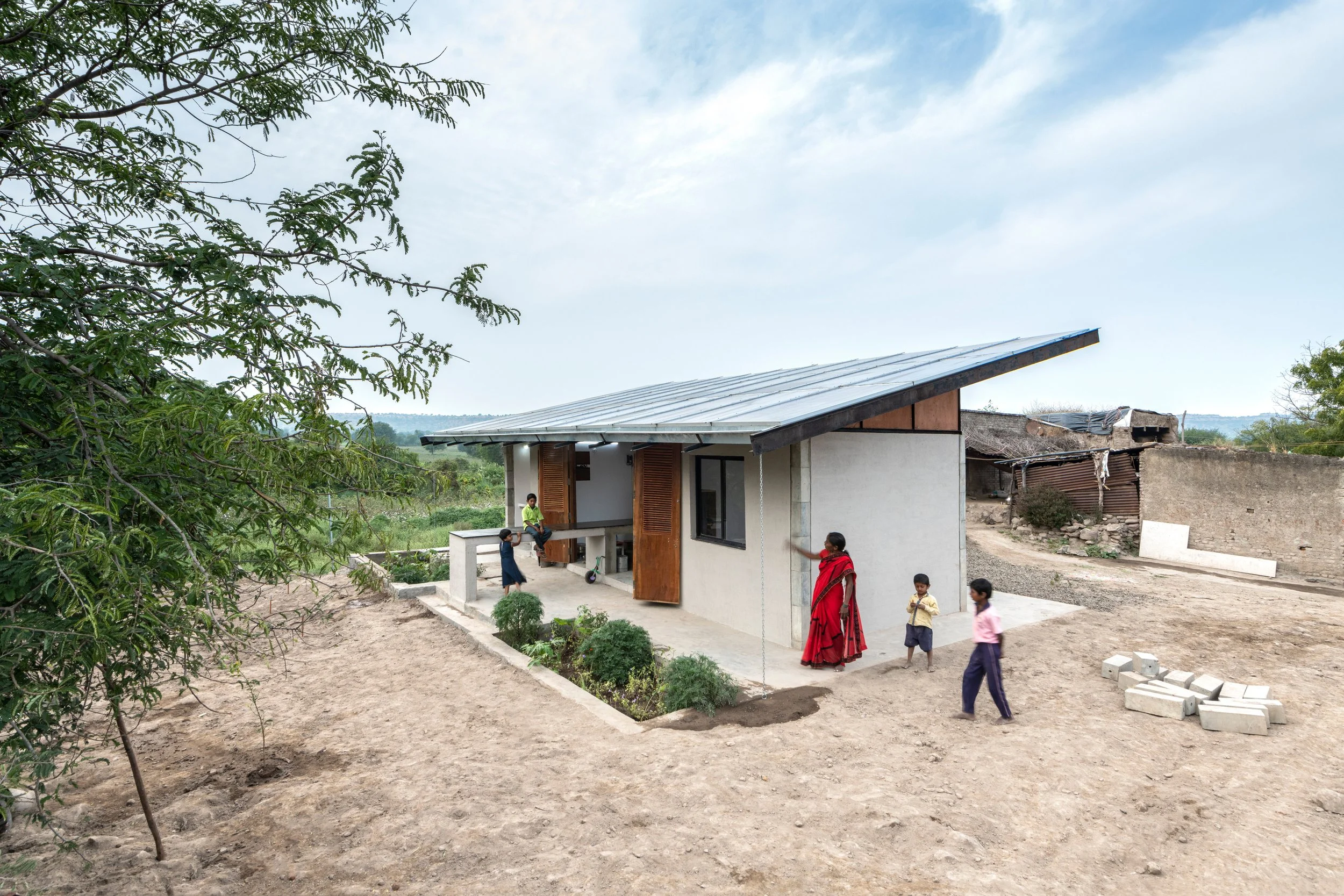
Completed in 2014, the Vertical Forest is a pair of residential towers designed by Stefano Boeri.
Climate change pertains to long-term changes in the Earth’s climate, including changes in temperature, precipitation patterns, and weather events, which are largely attributed to human activities.
As the world continues to grapple with the impacts of climate change, sustainable architecture has emerged as one of the key tools in the fight against its effects. With buildings accounting for a significant portion of global greenhouse gas emissions, sustainable architecture offers a way to reduce this impact. From designing energy-efficient structures to incorporating renewable materials, sustainable architecture prioritizes the long-term well-being of both people and the planet.
Green Building Standards
Buildings have a big impact on the environment. That’s why “green building standards” are so important. Green building standards are a set of guidelines for building structures that use fewer resources, produce less waste, and are healthier for people to live or work in. It has many benefits, including lower energy bills, improved health, and certain environmental benefits.
One of the key advantages of green building standards is endorsement because it eases the decision-making for stakeholders.
We need green building standards because buildings use a lot of energy and resources. In fact, buildings account for almost 40% of energy use and carbon dioxide emissions in the United States. By following green building standards, we can make buildings more energy-efficient, reduce waste, and lower greenhouse gas emissions.
There are many different green building standards. It includes energy efficiency, water conservation, and sustainable materials.
Energy efficiency involves using materials and technologies that reduce the amount of energy needed to heat, cool, and light a building. For example, using insulation to keep heat inside a building during the winter and using reflective materials to keep it cool in the summer.
Meanwhile, water conservation involves using technologies and practices that reduce the amount of water used in a building. For example, installing low-flow faucets and toilets, using rainwater for irrigation, and using drought-tolerant landscaping.
Lastly, sustainable materials involve using materials that are renewable, recyclable, or made from recycled materials. For example, using bamboo flooring instead of hardwood or using recycled steel instead of new steel.
Role of Sustainable Architecture in Mitigating the Effects of Climate Change

One of the ways we can help fight climate change is by using sustainable architecture principles in building design. Sustainable architecture is about creating buildings that are environmentally friendly. It can help mitigate the effects of climate change in various ways.
Energy efficiency
Sustainable buildings are designed for sustainable development. It is made to use less energy than traditional buildings. They do this by using sustainable energy like solar panels, wind turbines, and energy-efficient appliances.
Use of Sustainable Materials
Sustainable buildings are built using materials that are renewable, recyclable, or made from recycled materials. This helps to reduce the amount of waste that is produced.
Water Conservation
Sustainable buildings are designed to conserve water by using low-flow faucets and toilets, and by using rainwater for irrigation.
Waste reduction
Sustainable buildings are designed to produce less waste by using materials that are durable, reusable, and easily recyclable. This helps reduce the amount of waste that goes into landfills.
How BillionBricks Helps Mitigate the Impacts of Climate Change

A BillionBricks’ Net Zero Home: A Sustainable Solution to Combat Climate Change through Renewable Energy and Reduced Greenhouse Gas Emissions
BillionBricks provides housing solutions to solve housing problems worldwide. But we are not building ordinary houses, we are building homes that can help mitigate the effects of climate change and impacts of global warming.
We build sustainable homes. BillionBricks designs homes that are energy-efficient, made from sustainable materials, and can withstand extreme weather conditions. This helps to reduce the amount of energy needed to heat and cool homes, which reduces greenhouse gas emissions.
We build disaster-resistant homes. We design homes that can withstand extreme weather events, such as floods and hurricanes. This helps to reduce the impact of natural disasters on people and communities.
You can email us at hello@billionbricks.org to know more about our projects.
Sources:
-
“Green Building Standards and Certification Systems.” U.S. Green Building Council. (2021) www.usgbc.org/leed.
-
“Green Building Standards and Certification.” EPA. (2021) https://www.epa.gov/smartgrowth/green-building-standards#:~:text=A%20certification%20system%20that%20advocates,the%20local%20ecology%20and%20culture.
-
“Green Building Standards And Certification Systems.” Whole Building Design Guide. (2023). https://www.wbdg.org/resources/green-building-standards-and-certification-systems
-
“Sustainable Architecture.” ArchDaily. (2021). www.archdaily.com/tag/sustainable-architecture
-
“What is Buildings.” United States Green Building Council. (2021). https://www.usgbc.org/articles/what-green-building


